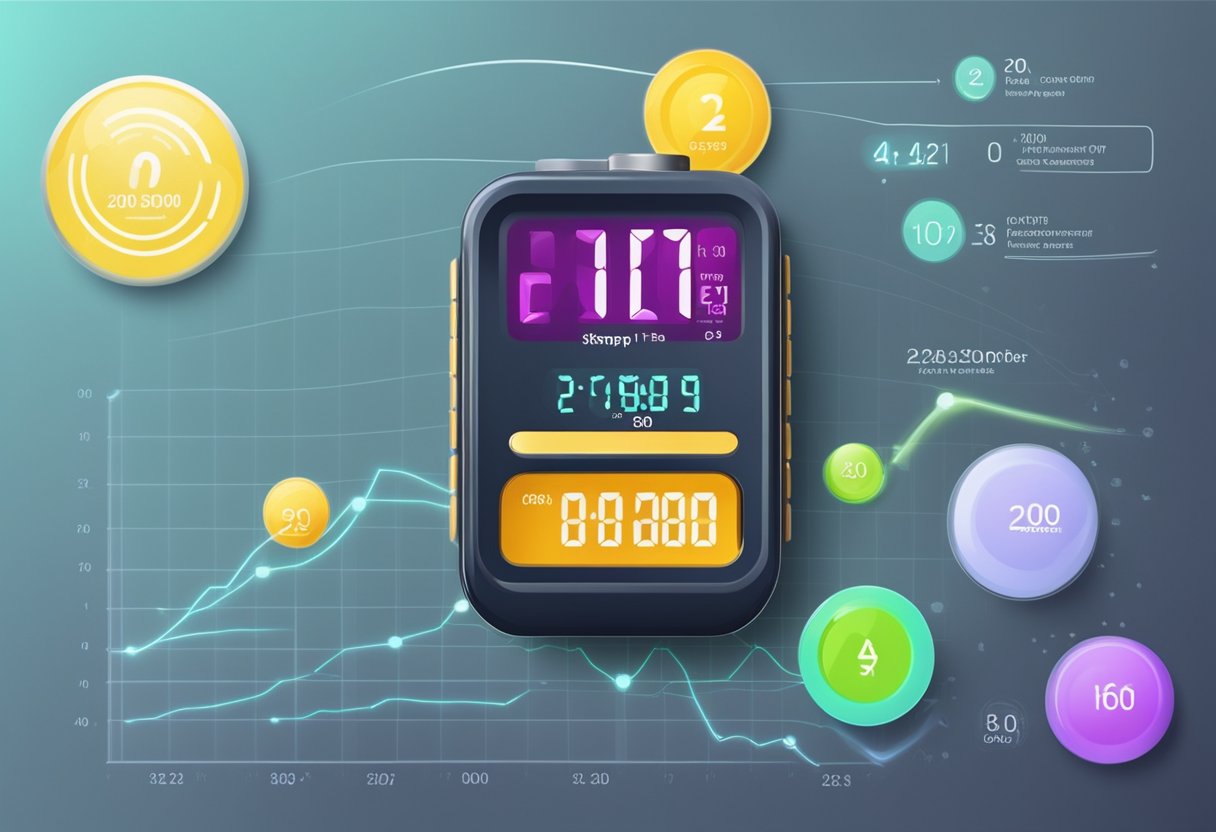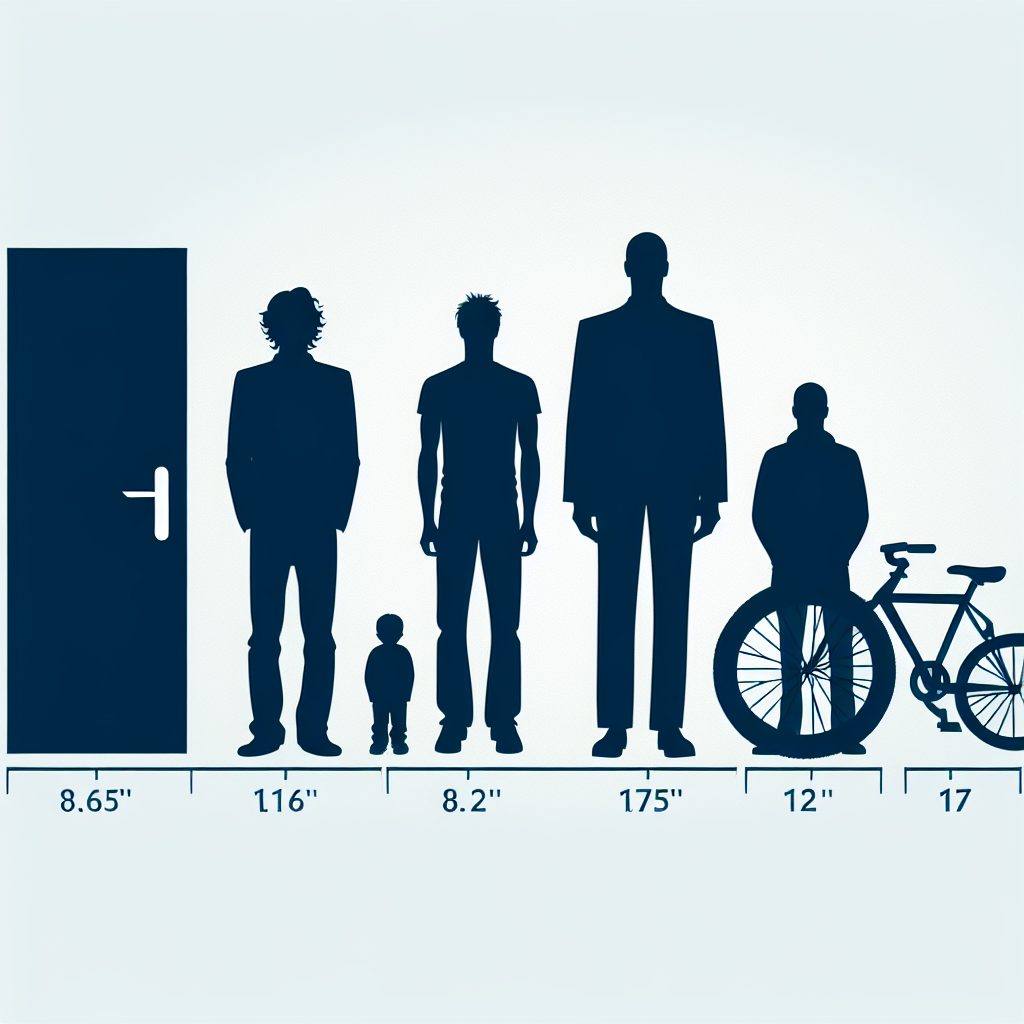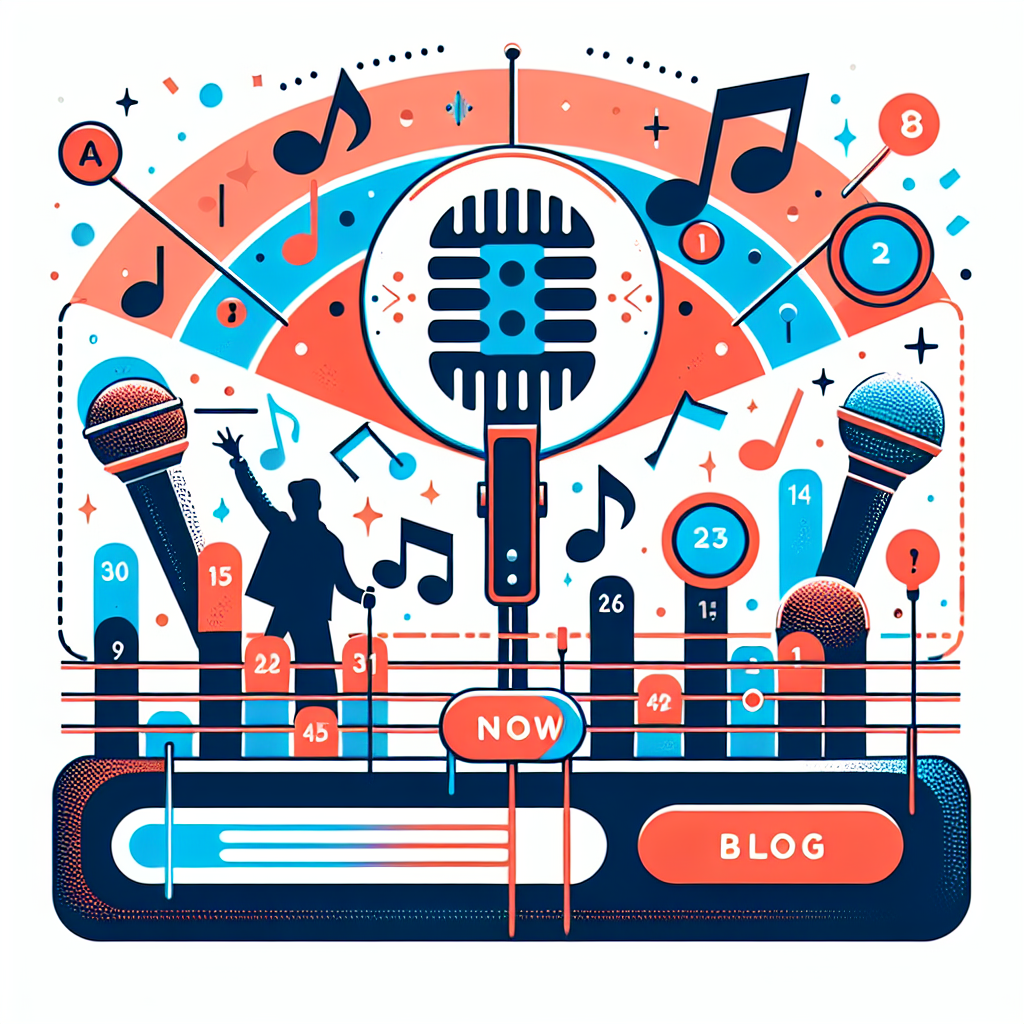Understanding Resting Heart Rate: What is Ruhepuls?
Exploring the concept of Ruhepuls, or resting heart rate, and why it's a crucial indicator of your health.

What is Ruhepuls?
Ruhepuls, a German term that translates to "resting heart rate," is the number of heartbeats per minute while at rest. This vital sign is an essential measure of cardiovascular health and overall fitness levels. Typically, a lower resting heart rate indicates a more efficient heart function and a greater level of aerobic fitness.
Why is Ruhepuls Important?
Your Ruhepuls can reveal a lot about your heart health. Here's why monitoring your resting heart rate matters:
- Indicator of Fitness: Athletes often have lower resting heart rates, as their hearts are conditioned to pump blood more effectively.
- Health Monitoring: An unusually high resting heart rate (tachycardia) can signal underlying health issues such as stress, anxiety, or heart problems.
- Recovery Measurement: Tracking your Ruhepuls can help assess recovery from exercise. A rapid drop in resting heart rate can indicate better recovery.
How to Measure Your Ruhepuls?
To accurately measure your Ruhepuls, follow these steps:
- Find a quiet space and ensure you’re completely relaxed.
- Measure your pulse first thing in the morning before getting out of bed.
- Use your fingertips to locate your radial pulse (on your wrist) or carotid pulse (on your neck).
- Count the beats for 60 seconds. Alternatively, measure for 30 seconds and multiply the result by two.
What Affects Ruhepuls?
Many factors can influence your resting heart rate. These include:
- Age: Resting heart rates typically increase with age.
- Fitness Level: Regular physical activity can lower your Ruhepuls.
- Stress and Anxiety: High-stress levels can significantly increase your resting heart rate.
- Medication: Certain medications like beta-blockers may affect your heart rate.
- Sleep Quality: Poor sleep can lead to a higher resting heart rate.
- Caffeine and Alcohol: Consumption can elevate your resting heart rate, especially when taken in high quantities.
Healthy Ranges for Ruhepuls
Understanding what constitutes a normal Ruhepuls can help you evaluate your heart health. Generally, a resting heart rate is classified as follows:
- Athletes: 40-60 BPM
- Average Adults: 60-100 BPM
- Possible Concerns: Above 100 BPM (Tachycardia) or below 40 BPM (Bradycardia)
Using Ruhepuls for Fitness Goals
Monitoring your Ruhepuls can be an effective way to optimize your fitness routine. Here’s how you can use it:
- Establish a Baseline: Determine your typical Ruhepuls for accurate comparisons.
- Track Changes: Observe fluctuations over weeks or months to see how your fitness impacts your heart rate.
- Set Goals: Aim for gradual reductions in your resting heart rate through enhanced cardiovascular training and stress management.
When to See a Doctor
If you notice significant changes in your resting heart rate or if it consistently exceeds 100 BPM or falls below 60 BPM without a known reason, it may be time to consult a healthcare professional. These could be signs of potential cardiac conditions or the need to reassess your lifestyle factors.
Conclusion
Ruhepuls is a key aspect of understanding your cardiovascular health and fitness level. By regularly monitoring your resting heart rate and recognizing the factors that influence it, you can take informed steps toward improving your overall well-being. Whether you are an athlete or just aiming to lead a healthier lifestyle, knowing your Ruhepuls can help you achieve your health goals.
New posts

Understanding Normal Pulse Rates: What Is a Normal Pulse?
Fitness

Understanding Ruhepuls 60: A Guide to Optimal Heart Rate
Fitness

Understanding Ruhepuls 45: The Ideal Resting Heart Rate for Your Health
Fitness

Understanding Normal Pulse Pressure: What You Need to Know
Lifestyle

Low Blood Pressure and Trembling: Understanding the Connection
Wellness

Understanding Low Blood Pressure at Night: Causes, Symptoms, and Management
Wellness

Understanding Pulsdruck: Key Insights into Your Blood Pressure Dynamics
Wellness

Understanding Why You Might Experience Niedriger Blutdruck
Lifestyle

Effective Strategies to Lower Blood Pressure
Fitness

Understanding Low Blood Pressure and Tiredness: Insights and Solutions
Lifestyle
Popular posts

Understanding Low Blood Pressure and Tiredness: Insights and Solutions
Lifestyle

Effective Strategies to Lower Blood Pressure
Fitness

Understanding Blood Pressure: What Does 140/80 Mean?
Lifestyle

Navigating Low Blood Pressure and High Pulse: Key Insights
Wellness

Understanding Low Blood Pressure with High Pulse Rate
Wellness

Understanding Normal Blood Pressure: A Deep Dive
Wellness

Effective Strategies for Managing Heart Palpitations: What to Do When Experiencing Herzrasen
Lifestyle

Recognizing the Symptoms of High Blood Pressure
Wellness

What to Do When You Have a High Heart Rate
Lifestyle

Understanding Low Blood Pressure: What Does the Lower Value Mean?
Wellness